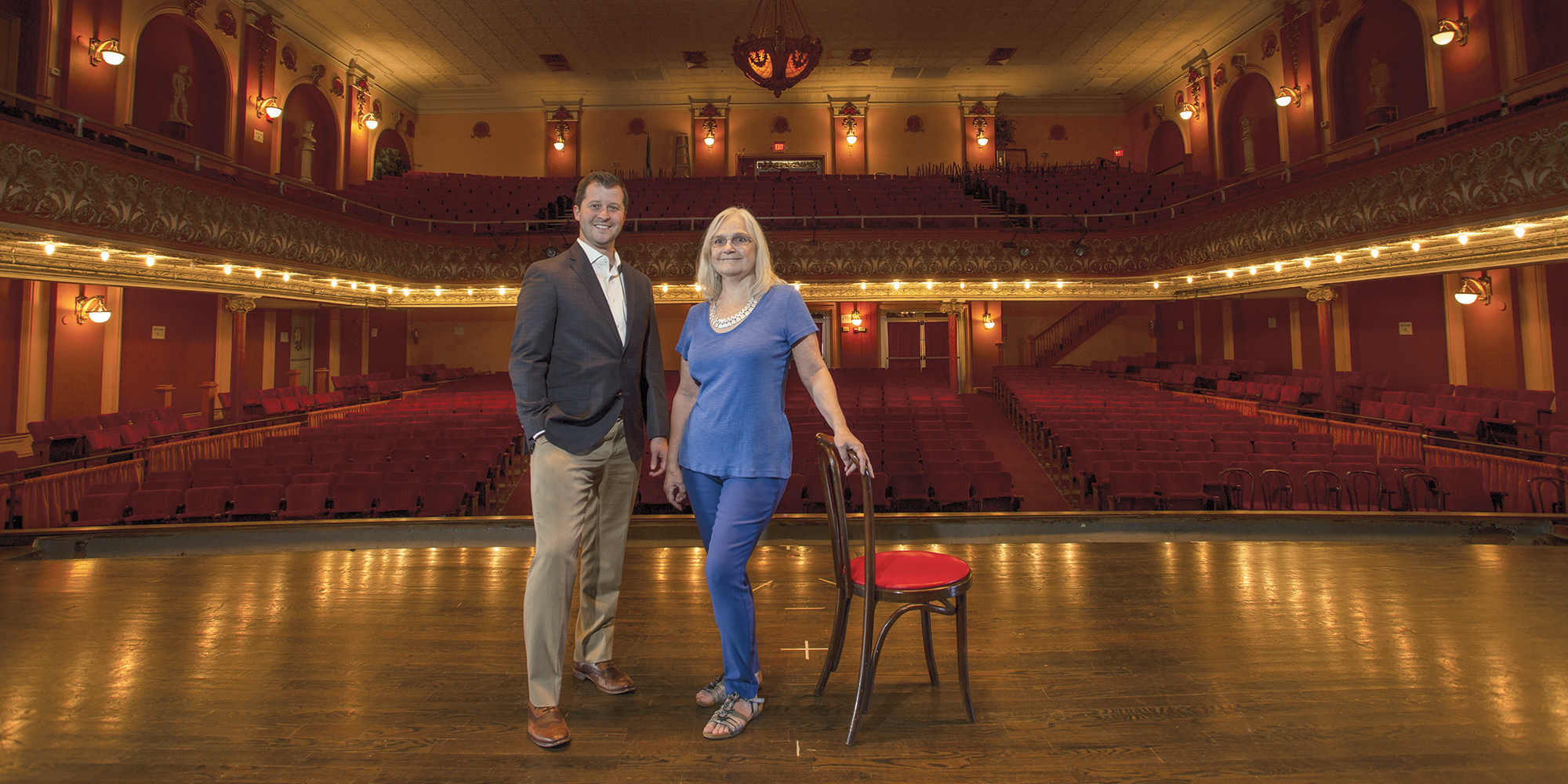
For many in Tampa, the Centro Asturiano — on the corner of Nebraska and Palm — is one of those buildings you’ve driven past hundreds of times, but what’s inside is a total mystery.
On any given day, it’s mostly a group of older Tampeños playing cards in the morning and dominoes in the afternoon; a comedian doing stand-up in the theatre; or a bingo game hosted by a drag queen in the ballroom. A walk through its halls is a window into how the club connects Tampa’s past with its present.
The Centro Asturiano de Tampa began in 1902 as a branch of the Centro Asturiano de la Habana, founded by a group of immigrants from Asturias, Spain, by way of Havana. The Tampa branch became independent from its Cuban counterpart in 1968 — “for obvious reasons,” the club’s executive director, Ginny Pannier, says with a smile. Like the Italian Club, Cuban Club and Centro Español, the Centro Asturiano was a mutual aid society, an organization designed to give social and medical support to its members, most of whom belonged to the same ethnic group.
Now primarily an event venue, the building as it stands today was built in 1914. The club’s original location on Seventh Avenue burned down a few years earlier. (An interesting aside: The original Italian Club, Cuban Club and Centro Asturiano buildings all burned down in the 1910s. A cigarette was blamed for the Italian Club fire, but it’s unclear what ignited the other two buildings.) Club members have preserved a remarkable amount of its original features, including tin ceilings, terrazzo floors, and what is believed to be the world’s longest onyx bar in the event space called the Cantina.
How difficult is it to maintain these kinds of details in a 105-year-old building?
Pannier and Daniel Martinez III, vice president of the club’s board of directors, don’t even answer the question; they just laugh.
“It can be difficult,” Pannier hedges.
Martinez says the club’s leadership and board have a laundry list of changes and additions they wish to make, like converting a former handball court to a bar that Pannier has cheekily suggested be called The Gym. But the building’s age makes even the simplest fix challenging.
“Nothing’s cheap when the building is over 100 years old,” Martinez says. “There’s always something that needs to be fixed. It’s a constant figuring out, prioritizing, do we want to fix the window leaks, or do we want to fix the roof leaks? [If we had] a thousand members, it might be a lot easier to pay for it.”
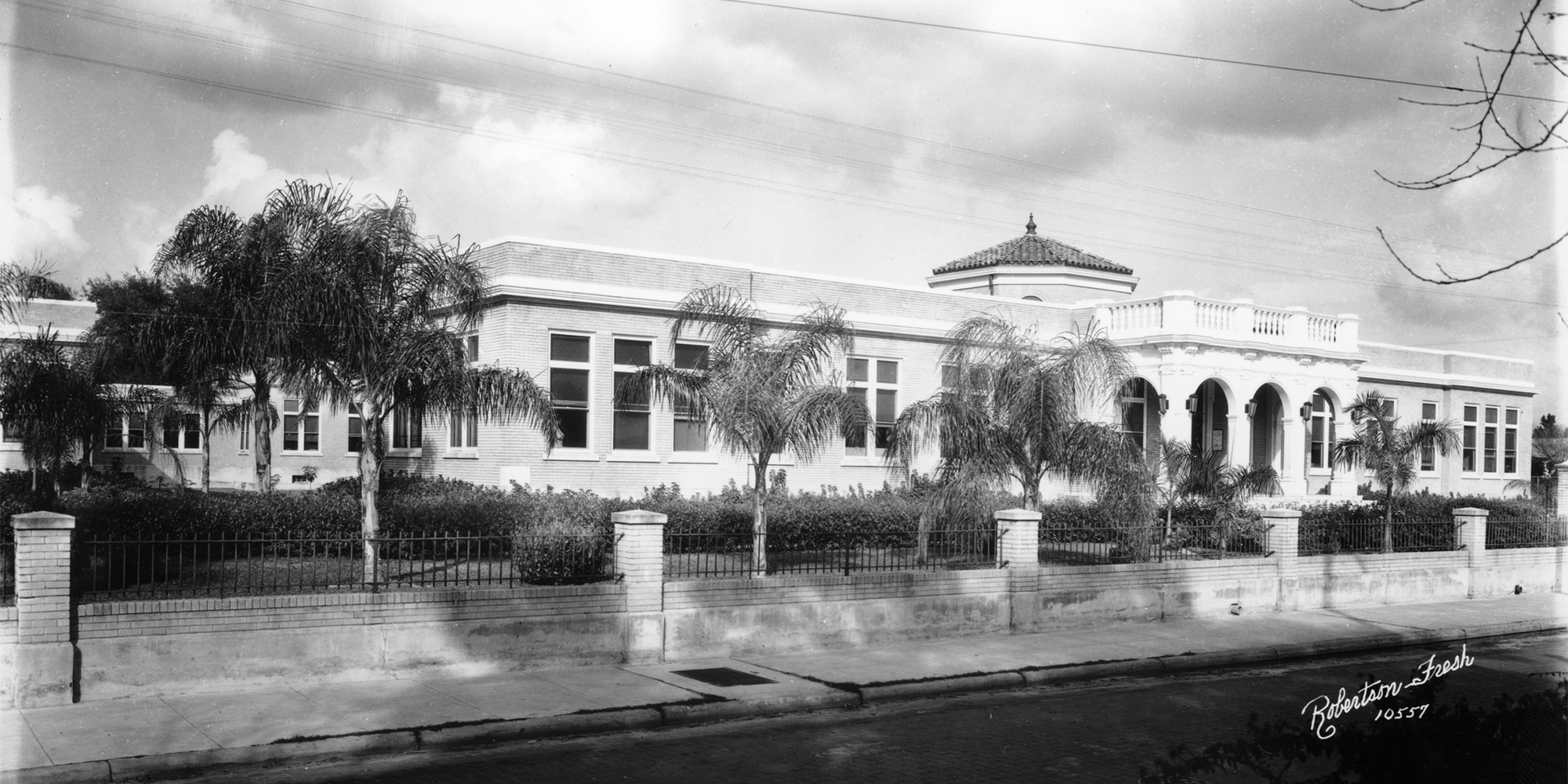
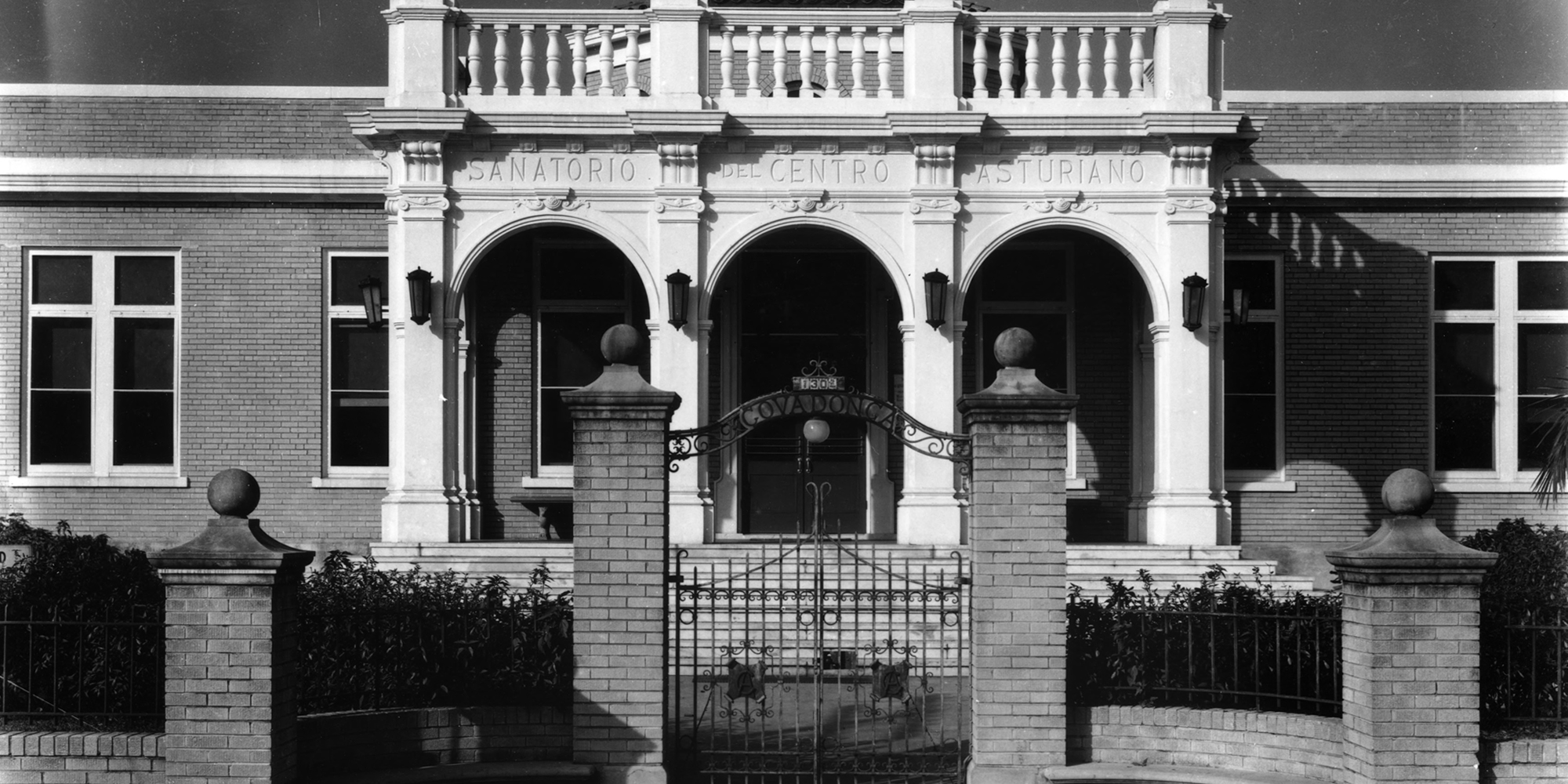
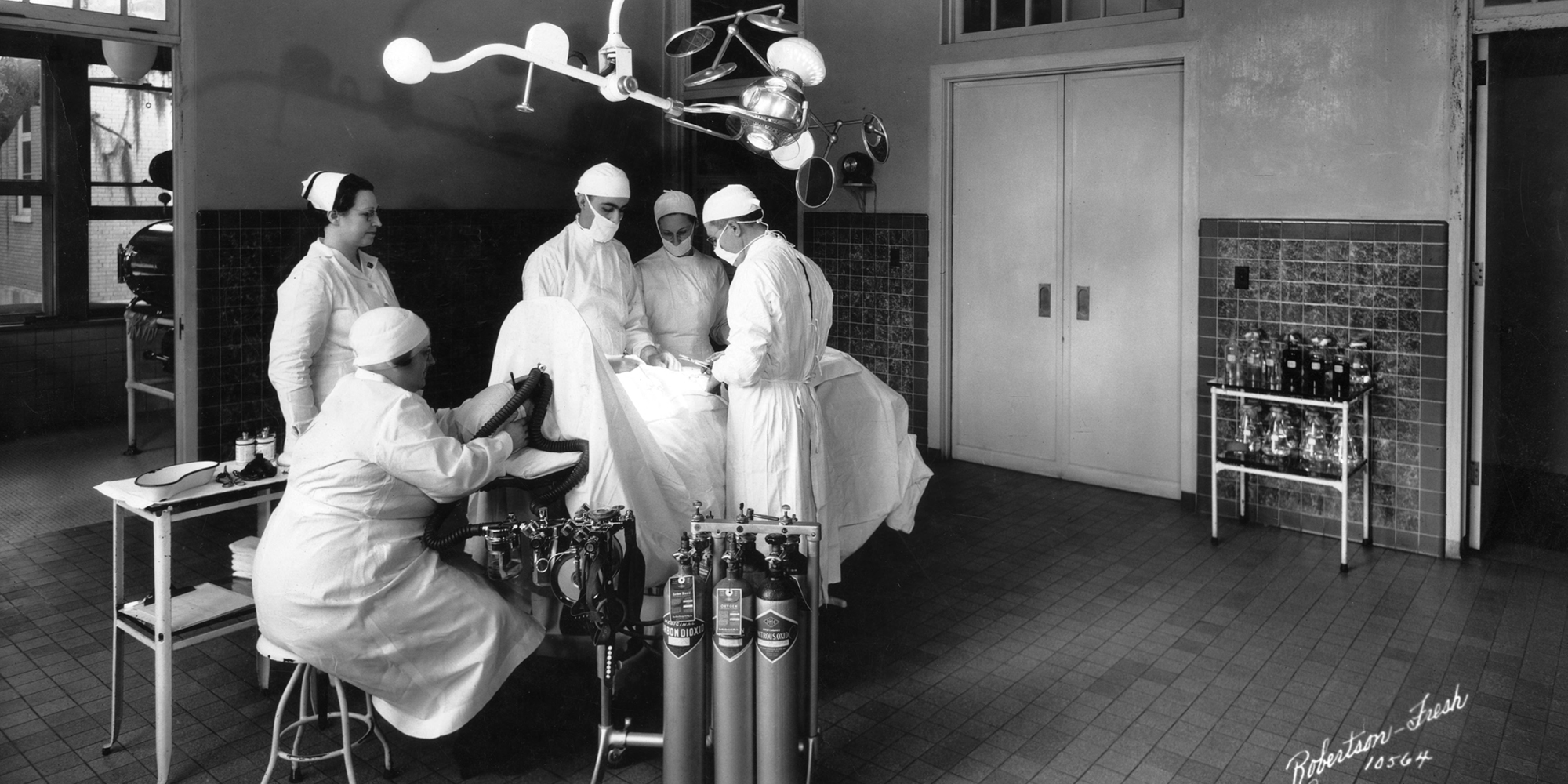
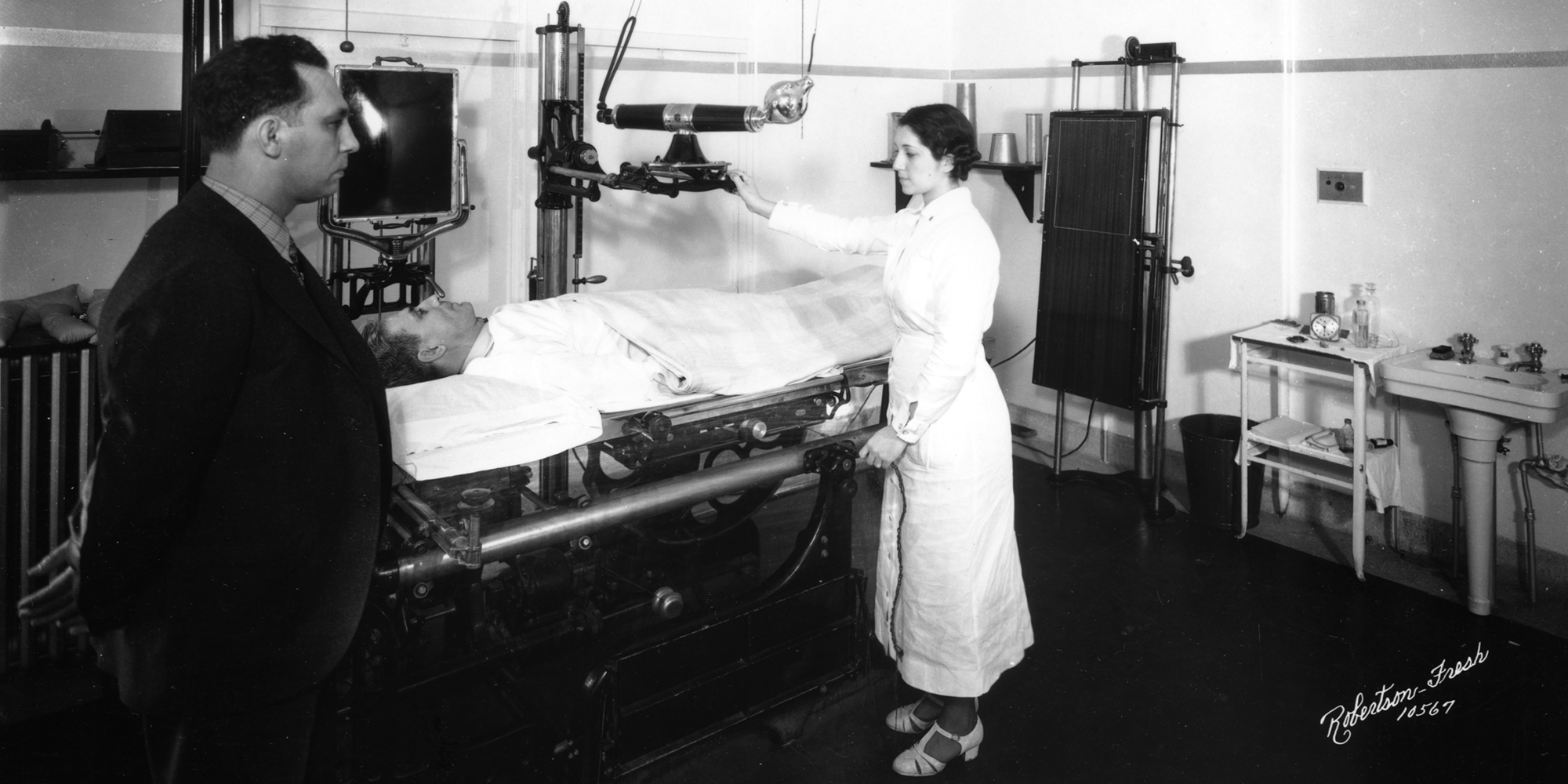
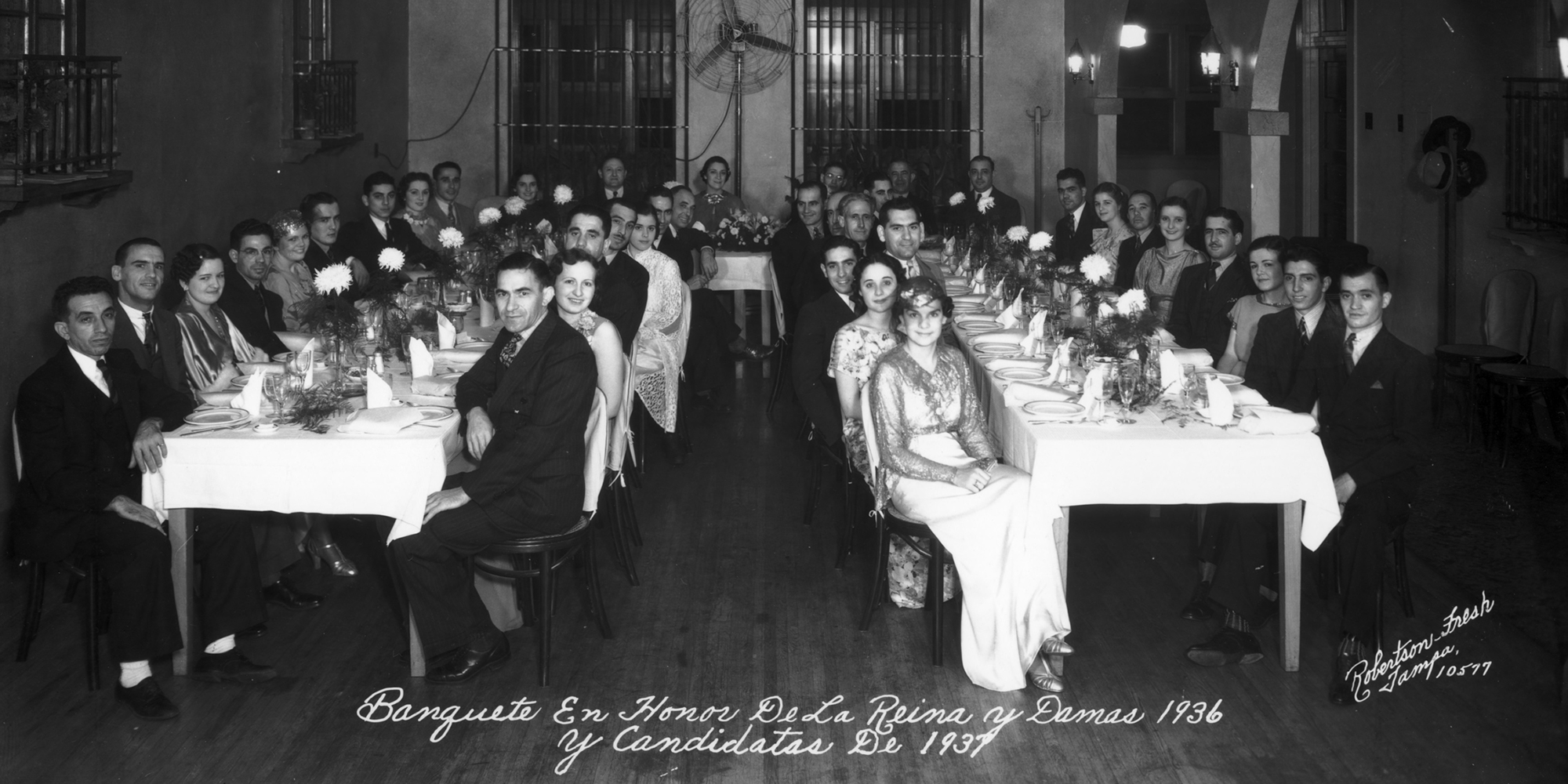
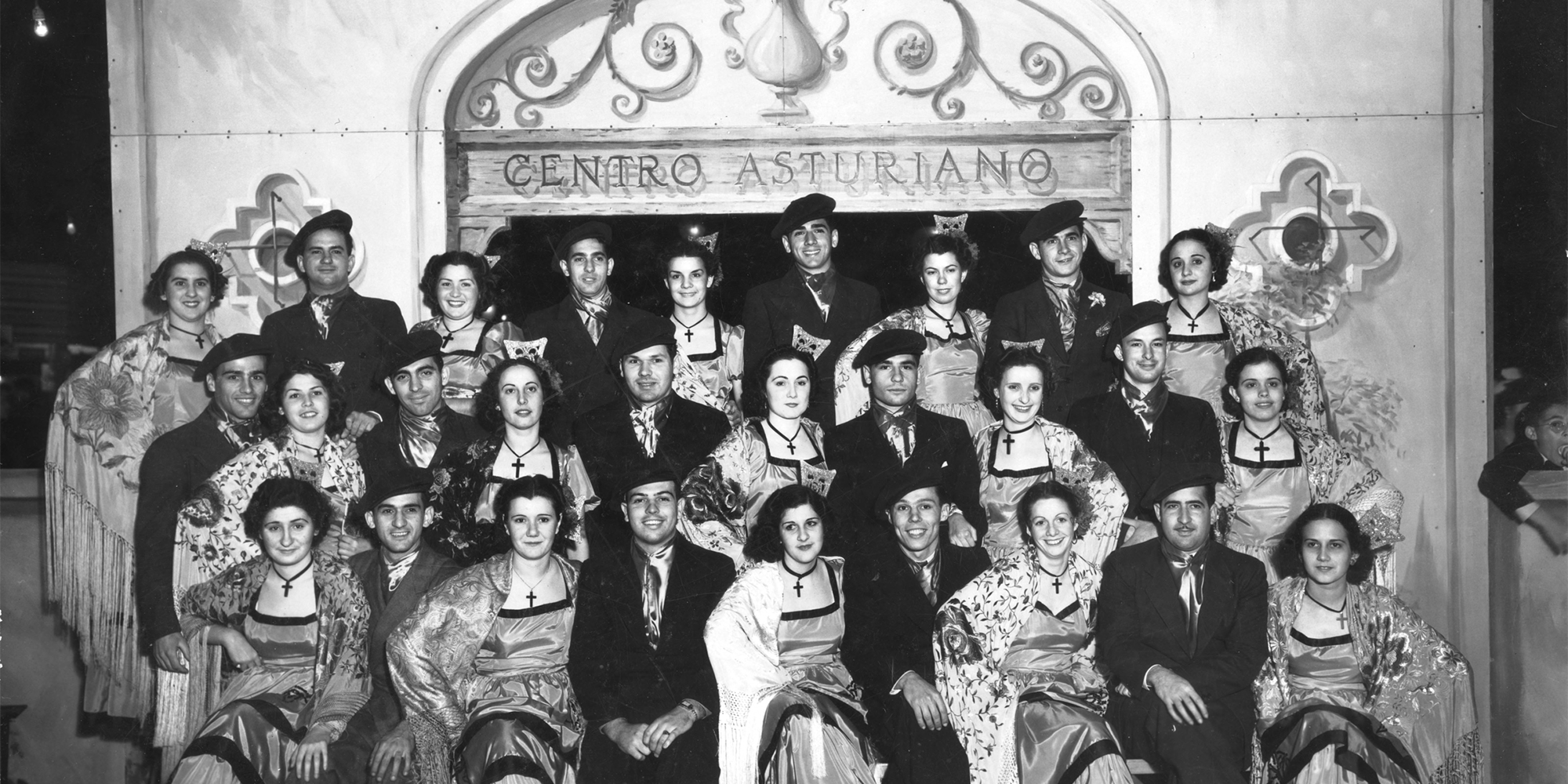

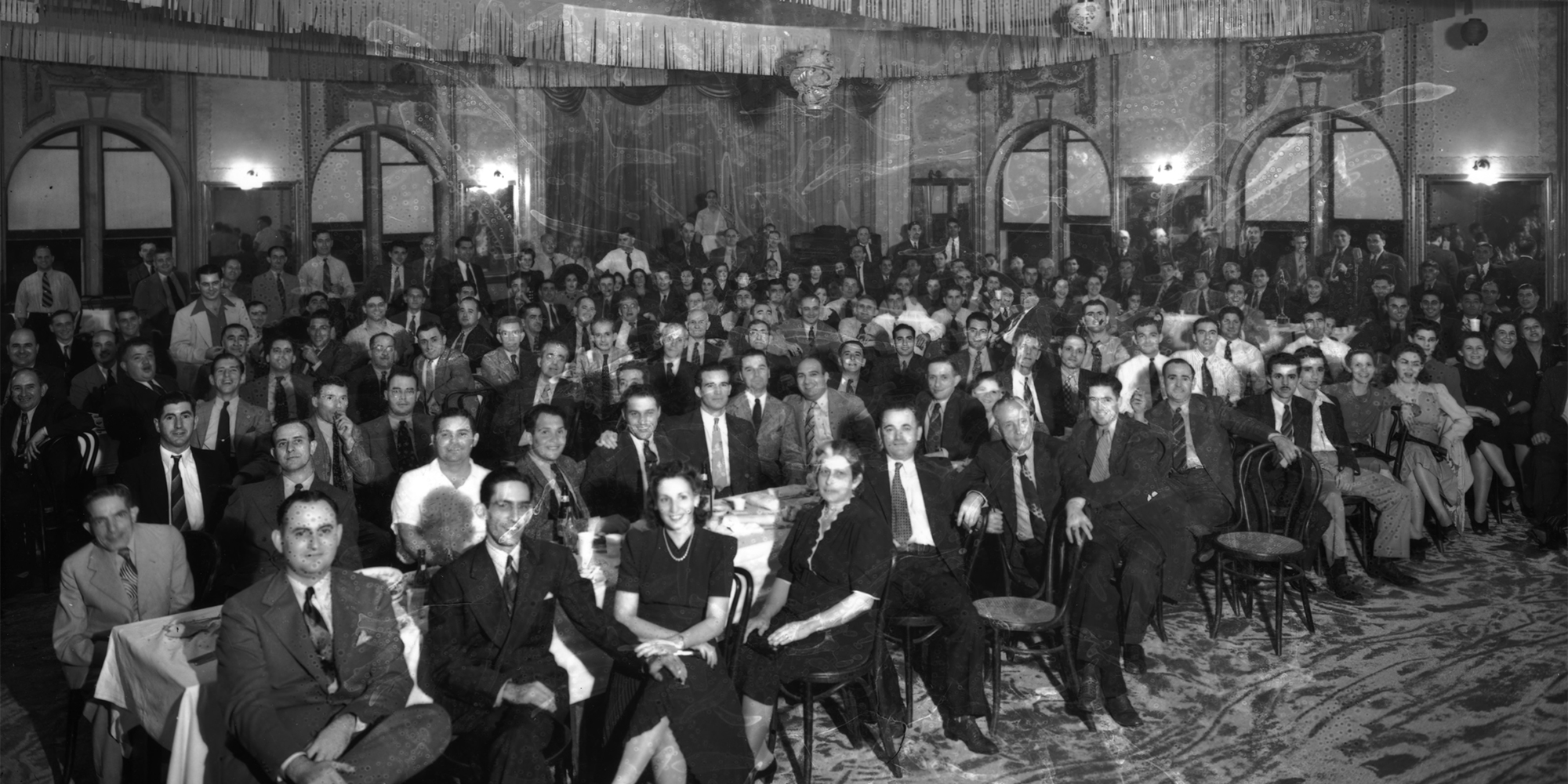
Membership peaked in the mid-20th century with around 6,000 members; today, the Centro Asturiano has about 200 members, according to Martinez. Membership saw a precipitous decline after the club’s hospital closed in 1990. Health care was the main benefit of mutual aid societies like the Centro Asturiano, which cared for its members from cradle to grave.
Club members founded the Covadonga Sanatorium in 1905 on Ola Street in Tampa Heights with 54 beds. The club’s membership quickly outgrew the hospital, and they built a new facility on 21st Avenue in 1928. Members paid about 50 cents per week to ensure their health care was covered throughout their lifetime. Martinez says the club still has many members who were born in the Centro Asturiano hospital, and many of them will eventually be buried in the Centro Asturiano Memorial Park Cemetery.
Today, the club makes most of its revenue by hosting events like weddings, parties, galas and receptions in the Cantina and newly renovated ballroom. Its history as an event venue dates back to its earliest days, when it welcomed theatre troupes, dancers, musicians, comics and other performers.
“There really wasn’t a lot of entertainment back in the day because there was no TV, so people came here,” Pannier says.
Famous musicians, like the Cuban pianist and composer Ernesto Lecuona (“Malagueña”), visited the club, and the Depression-era Works Progress Administration funded performances of plays and musicals.
These performances are held in what Martinez calls one of Tampa’s best-kept secrets. The Centro Asturiano is home to a 1,000-seat theatre that is well maintained but virtually unchanged from the club’s opening. Though each of the city’s mutual aid societies had a theatre at some point, the Italian Club’s has since been demolished, and the Cuban Club’s is less than half the size of the Centro Asturiano’s. Pannier says some couples choose to get married in the theatre, but it is typically used for shows by comedians, musicians and singers, like folk-rock singer Todd Snider, coming to the club for a show sponsored by radio station WMNF in January.
The club’s main priority right now is finding benefits that are cost-effective and attractive to new and returning members, while also hosting events that will introduce the Centro Asturiano to new groups of people.
“We’re still evolving as far as how we appeal to people. We still want to keep the club heritage, but we also want to be able to appeal to everyone else, [too],” Martinez says. “Everyone used to live around here. As times changed, now people live in Carrollwood, New Tampa, Citrus Park. It’s not like those same families that used to be involved are able to do as much [with the club]… It’s something we’re constantly working on.”
For Pannier, who grew up coming to the Centro Asturiano with her grandfather when she visited Tampa from her home in South America, keeping the club going is personal.
“It is important to me that the Centro Asturiano remains open because it is part of Tampa’s early history and my heritage,” she says. “The building is historical and we must work hard to preserve it.”



